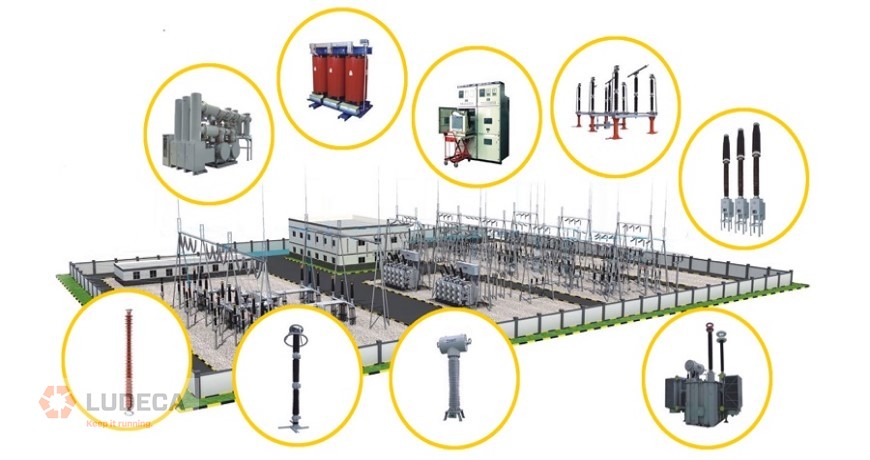MAY 2020 – TRANSFORMER TECHNOLOGY

The term “Electrical Asset” casts a large net over an important class of systems. Whether it be substations, transmission and distribution lines, transformers, or motor circuit control cabinets, electrical assets play a key role in practically everything we do. Like most things we take them for granted until they fail to deliver their value. Then we scream.
Energy’s journey begins at the point of creation, can include storage, then transmission, distribution, and finally consumption. That journey is full of risk and the most significant risk contributor is partial discharge. Partial discharge happens when insulation material is compromised. One thing we know for certain is that once partial discharge begins, it will only get worse.
Partial discharge is more common than we would like to believe, even in new installations. Detecting these defects represents a serious challenge. Particularly at an early stage. There is no one perfect inspection technique, or technology, which can, on its own, detect and localize every defect, in every instance on every part of the electrical system.
Selecting the most appropriate method requires that the inspector understand the nature of the defect and the signs and signals available to be detected. The next logical step is to have the right technology available to pinpoint their location. Ultrasound is one technology that is mandatory for all electrical maintenance personnel. To not only reduce the risk of arc flash explosion but also enhance the overall reliability of system components.
When speaking about risk, health and safety should always take center stage. Safety aside, we must consider the risks from unreliable assets and loss of electrical equipment. They are both linked to downtime, costly legal exercises, and ultimately lost profit. Ultrasound is a solution that provides a reduced risk of all three in one go.

Ultrasound helps reduce the risk of arc flash exposure by detecting defects which, when left unattended, will lead to an arc flash event. I am not suggesting for one moment that we should not use PPE and other preventative measures. But I am yet to meet an arc flash suit which can detect an arc flash at its inception. So, the question is this: If an Arc Flash Suit is the last line of defense, then what is the first?
Some reliability minds seem obsessed with machines that rotate, while failure modes of non-rotating asset components seldom receive the routine surveillance they need. The pump and motor receive attention while the balance of the system is run-to-failure. Ultrasound testing could change this lackadaisical approach; especially considering its versatility, ease of use, and applicability to most hydraulic defects.
Click here to continue reading the entire article, “Ultrasound for Reliable Electrical Assets” by Allan Rienstra with SDT Ultrasound Solutions to learn about the common failure modes for electrical assets and how ultrasound can help.
Filed under:
Articles and Case Studies, Ultrasound by Allan Rienstra - SDT Ultrasound Solutions
